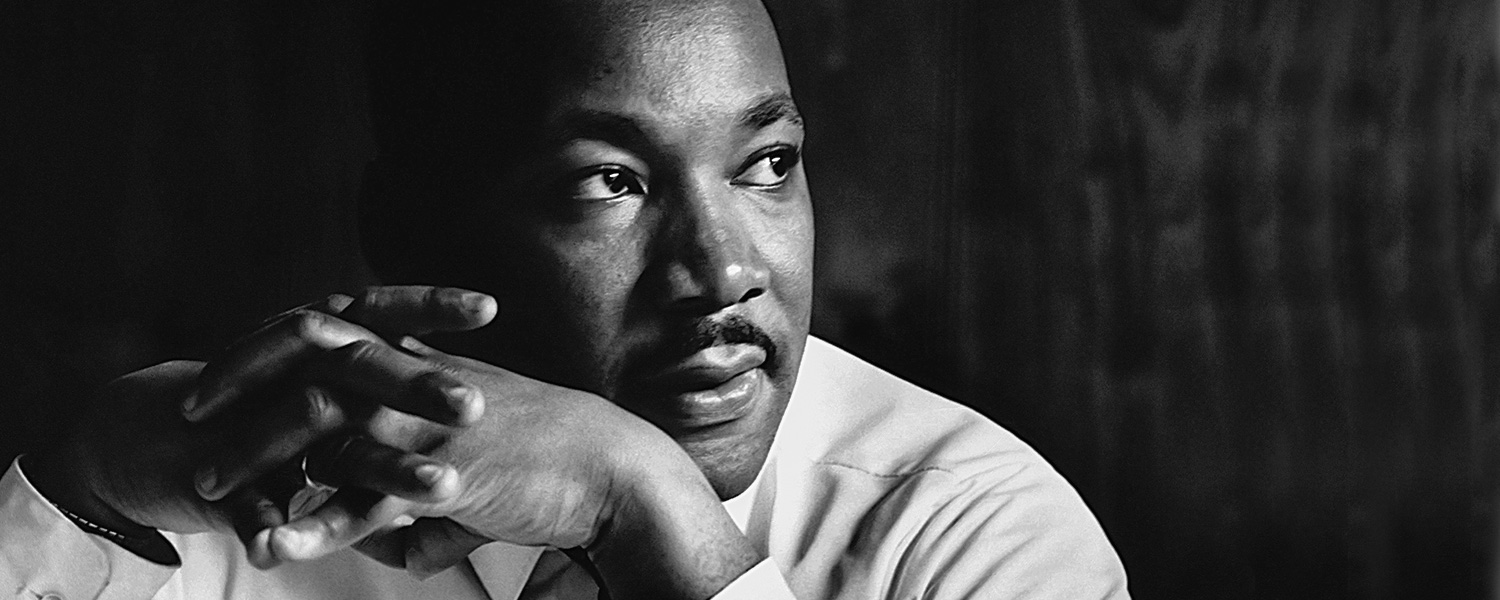
The final days of January remind us to think about people like Martin Luther King Jr., Mohandas Gandhi and other men and women that have lived and worked with nonviolence.
Their nonviolence is muscular and similar to that of Jesus: “Blessed are the peacemakers, those who work for peace.”*
Nonviolence and peace do not mean being passive. Rather, they mean using nonviolence as an instrument for peace.
We all know that one of the great evils of the world is the lack of peace, which is violence. There are many types of violence, including violence between countries and violence spread from the powerful nations – the United States and others in Europe – who use it in service of their ambitions and their wealth at the expense of other regions of the globe. But let’s also remember violence within a country.
In the Dominican Republic, we must face the violence of the wealthy toward the poor. Nor can we turn our faces from the violence we see most often: street violence and violence within our families.
Nonviolence and peace. Let me say clearly that fathers and mothers must use nonviolent methods to discipline their children. Nonviolent methods: models such as Gandhi can show us how to proceed on this road, a road that leads to the future.
When a person is violent, he or she is closer to the caves and fires of our ancestors and further from the future. Violence is a sign of backwardness. Peace and peaceful methods, on the other hand, are a sign of progress and growth.
The powerful countries – and with this I’ll end – that use violence to increase their wealth and to exploit the riches of other nations might be very technically advanced, but they are humanly quite underdeveloped.
See you tomorrow, if God, and you, and I allow.
*Editor’s note: This quote, though accurately translated, could not be verified.

Leave a Reply
You must be logged in to post a comment.